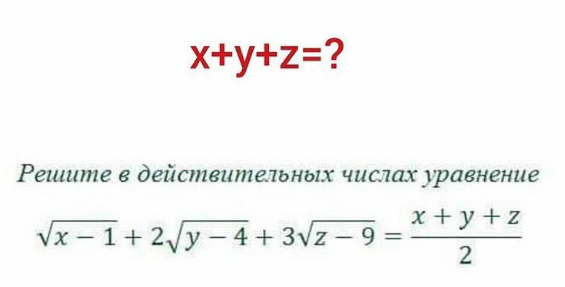
AlgebraQuestion and Answers: Page 239
Question Number 120472 Answers: 0 Comments: 0
Question Number 120471 Answers: 1 Comments: 0
Question Number 120470 Answers: 0 Comments: 0
Question Number 120469 Answers: 1 Comments: 0
Question Number 120464 Answers: 1 Comments: 0

Question Number 120455 Answers: 0 Comments: 0

Question Number 120355 Answers: 3 Comments: 2

Question Number 120325 Answers: 0 Comments: 6
Question Number 120324 Answers: 1 Comments: 0
Question Number 120240 Answers: 1 Comments: 0
Question Number 120229 Answers: 2 Comments: 0

Question Number 120228 Answers: 0 Comments: 0
Question Number 120185 Answers: 1 Comments: 0
$${solve}\:{for}\:{x},\:{y}\in{Z} \\ $$$$\sqrt{{x}}+\sqrt{{y}}=\sqrt{\mathrm{2020}} \\ $$
Question Number 120154 Answers: 1 Comments: 0
Question Number 120152 Answers: 0 Comments: 0
Question Number 120151 Answers: 0 Comments: 0
Question Number 120110 Answers: 2 Comments: 0
Question Number 120108 Answers: 0 Comments: 0
Question Number 120036 Answers: 1 Comments: 0

Question Number 120035 Answers: 1 Comments: 0

Question Number 120006 Answers: 0 Comments: 0

Question Number 119997 Answers: 4 Comments: 0
Question Number 119996 Answers: 1 Comments: 0
Question Number 119979 Answers: 3 Comments: 1

Question Number 119939 Answers: 3 Comments: 0

Question Number 119921 Answers: 2 Comments: 0
Pg 234 Pg 235 Pg 236 Pg 237 Pg 238 Pg 239 Pg 240 Pg 241 Pg 242 Pg 243
